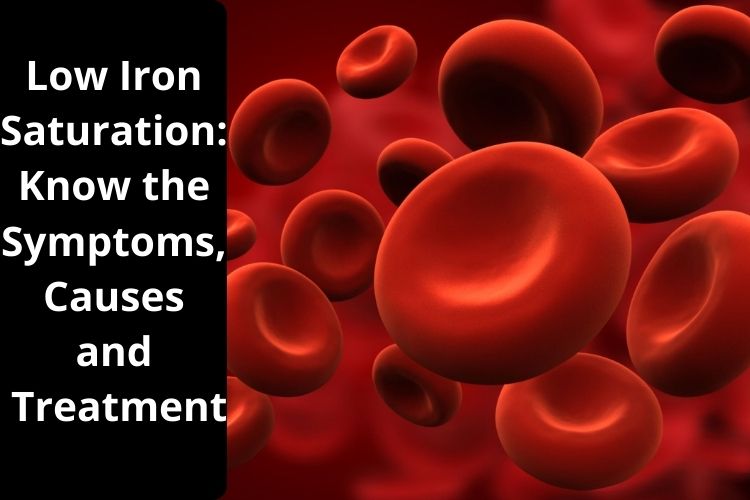Low Iron Saturation: Know the Symptoms, Causes and Treatment of the Disease
Read more to know the symptoms, causes and treatment of Low Iron Saturation Disease.

Low iron saturation is a disease which occurs in the human body when the amount of iron in the blood decreases below the recommended range. It is also known as iron deficiency. For the molecular processes including muscle metabolism, oxygen transport, and the maintenance of healthy connective tissue to go smoothly our body needs iron.
As per experts, the normal range for serum iron is: 65–175 mcg/dl for males, 50–170 mcg/dl for females and 50–120 mcg/dl for children.
Symptoms of the disease
- Pale skin
- Brittle nails
- Swollen or sore tongue
- Chest pain
- Tiredness
- Headache
- Heart palpitations
Causes of the disease
- Blood loss, which could be from medical reasons
- Heart failure
- Medications, such as proton pump inhibitors, anticoagulants, and blood thinners.
Treatment for the disease
A person who is suffering with iron deficiency may need to take medicinal iron to increase their saturation level. Most adults with iron deficiency require 2–5 mg of iron per kilogram of body weight per day, says experts from Medical News Today.
However, some tips are suggested by the experts to be incorporated in the daily routine.
- Eat an iron rich diet.
- Avoid food items which reduce iron absorption, such as black tea.
- Increase the intake of vitamin C to help the body absorb iron.







